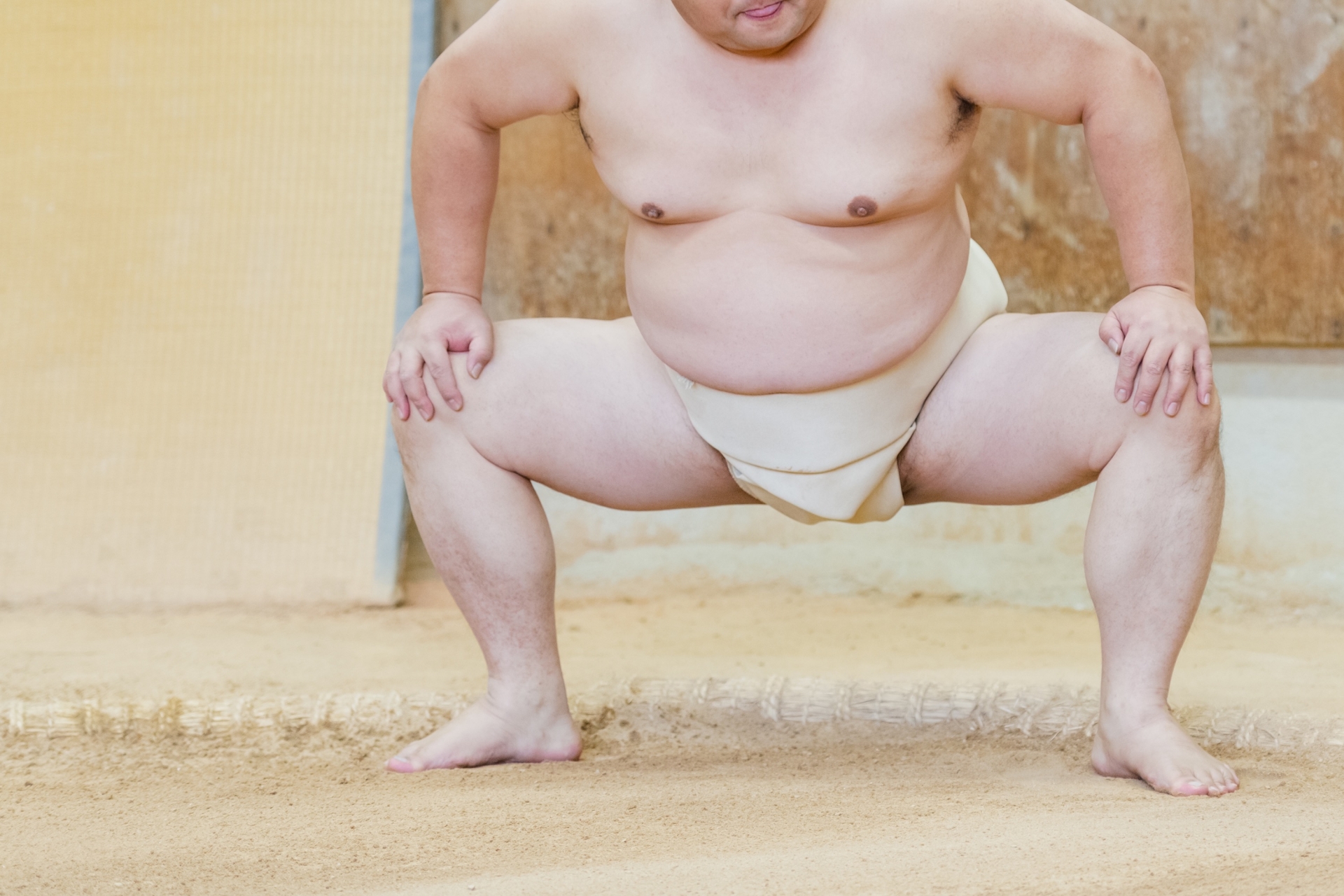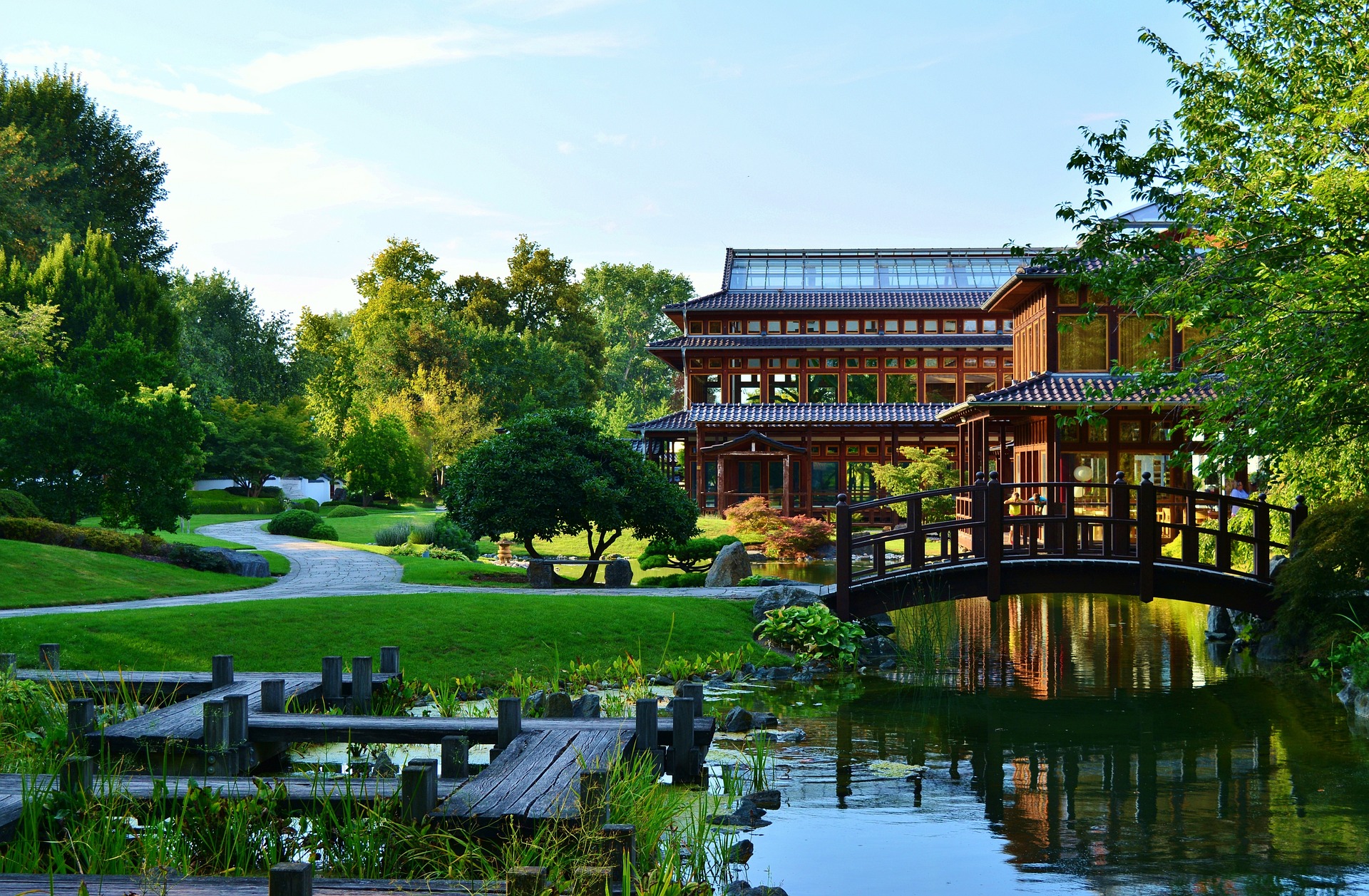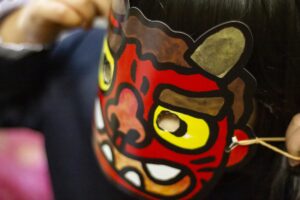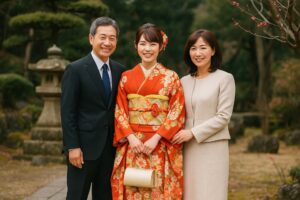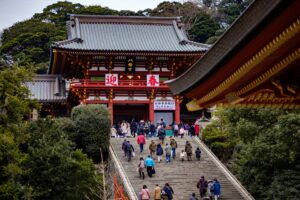Japan offers a diverse array of recreational activities that cater to all interests and age groups. Whether you’re a tourist planning your itinerary, a culture enthusiast eager to immerse yourself in traditional experiences, an adventure seeker looking for outdoor thrills, or a family seeking fun activities, Japan has something for everyone. This guide provides an in-depth look at the top recreational activities and experiences across the country.
Exploring Traditional Japanese Culture
Traditional Japanese culture is rich and varied, offering unique experiences that provide insight into Japan’s history and heritage. Engaging in these activities not only enhances your understanding of Japanese traditions but also allows you to participate in practices that have been passed down through generations.
Participating in a Tea Ceremony
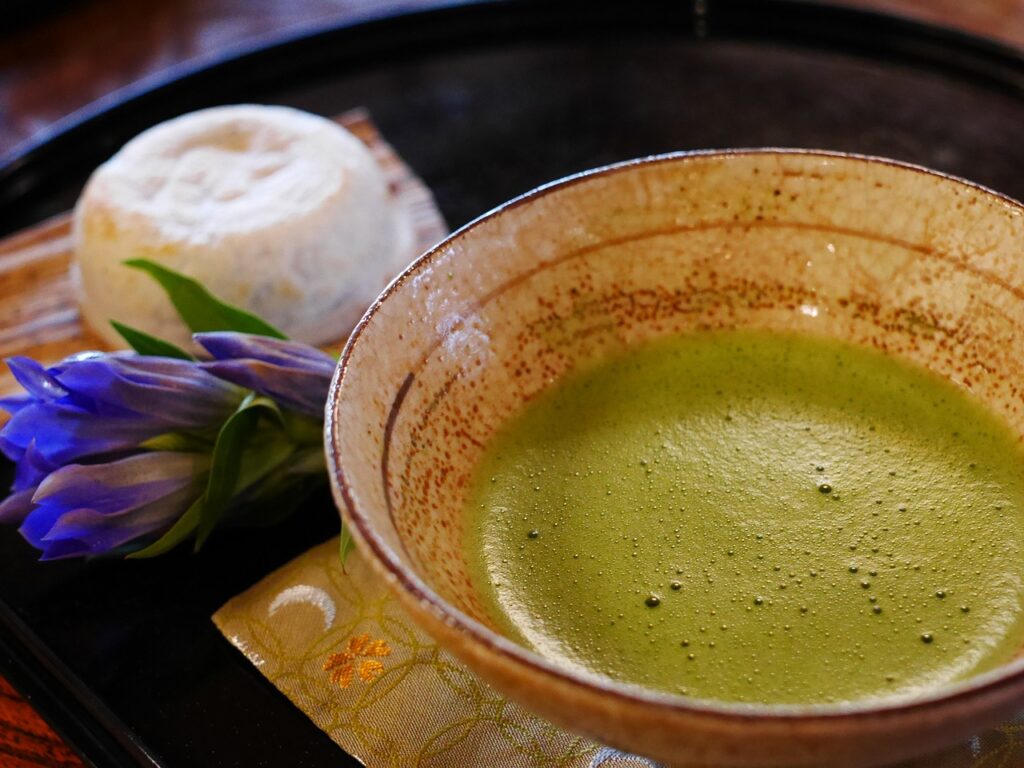
The tea ceremony, or “sado,” is a quintessential Japanese cultural experience. Originating in the 9th century, it embodies the principles of harmony, respect, purity, and tranquility. Tourists can participate in tea ceremonies at various locations, such as Kyoto’s Gion district or Tokyo’s Happo-en Garden. These ceremonies often require advance booking, and it’s recommended to wear traditional attire, which can sometimes be rented on-site. The ceremony involves the meticulous preparation and consumption of matcha, a powdered green tea, and is a serene experience reflecting Japanese aesthetics and mindfulness.
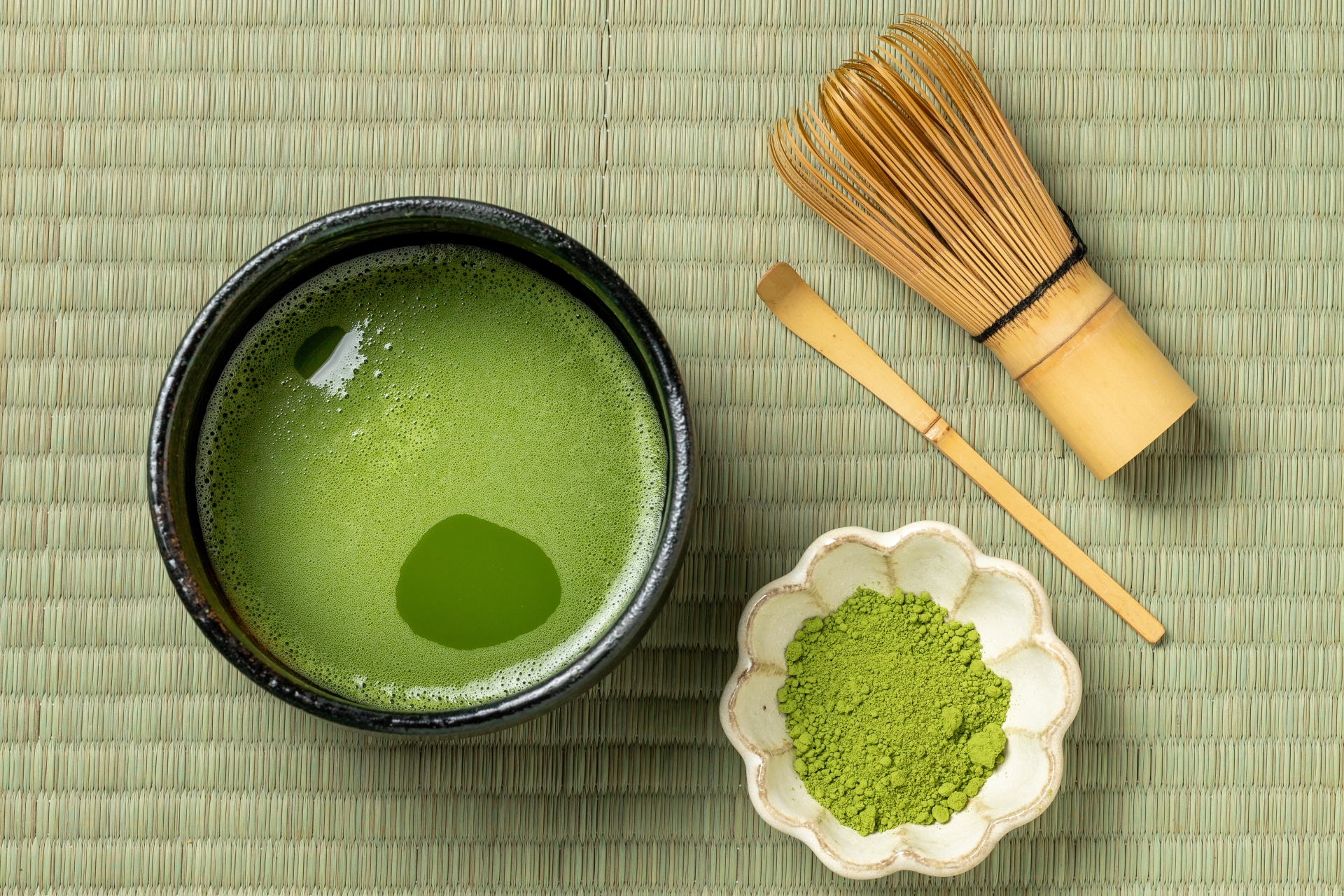
Wearing a Kimono

Wearing a kimono, Japan’s traditional garment, offers a tangible connection to Japanese culture. Kimono rental shops are prevalent in cultural hubs like Kyoto and Tokyo, where visitors can choose from various styles and colors. The process of donning a kimono includes several layers and requires assistance from professionals to ensure it is worn correctly. Experiencing a kimono fitting allows one to appreciate the intricate design and cultural significance behind each garment, often culminating in a stroll through historic areas for photos.
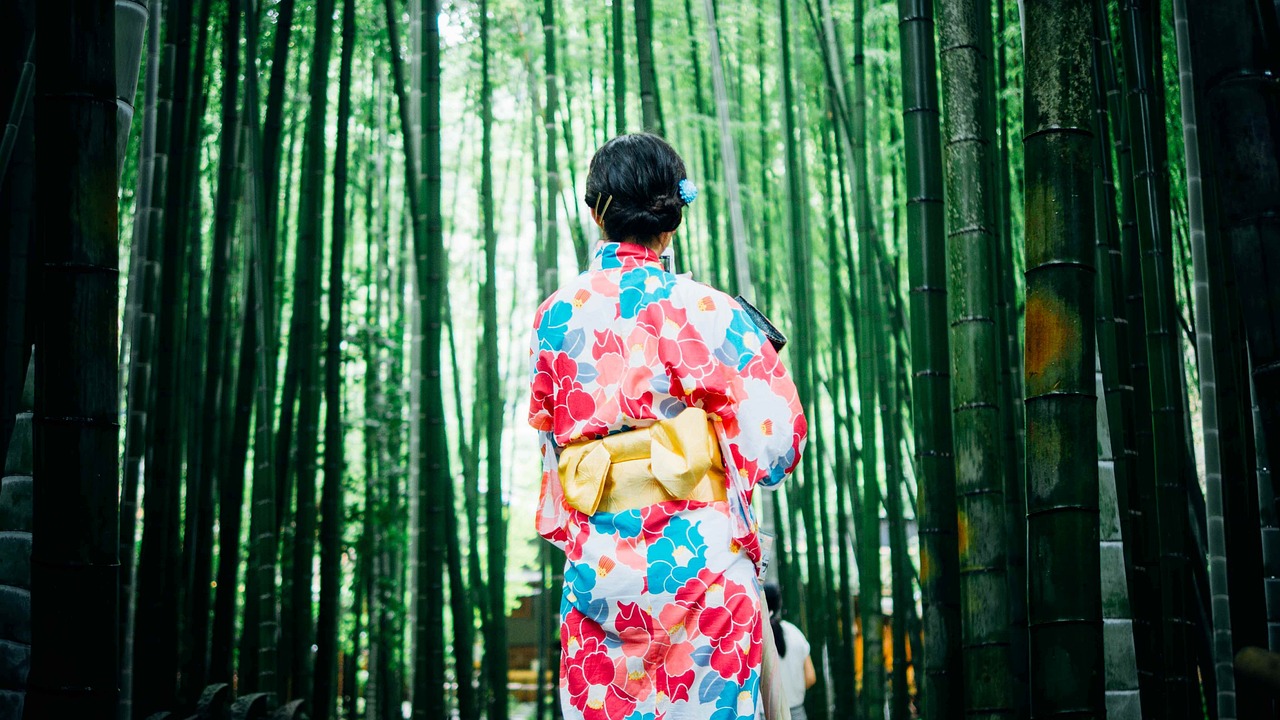
Outdoor Adventures in Japan
Japan’s diverse landscape offers numerous opportunities for outdoor enthusiasts. From majestic mountains to pristine beaches, the country is a paradise for adventure seekers looking to explore nature’s beauty.
Hiking Trails
Japan is home to some of the most scenic hiking trails, catering to all levels of hikers. Trails like the Nakasendo Trail offer historical routes connecting Kyoto and Tokyo, while the Kumano Kodo pilgrimage routes provide a spiritual journey through sacred sites. Mount Fuji, the highest peak in Japan, is a bucket-list hike, best undertaken during the official climbing season from July to early September. Beginners should start with trails like the Takao-san in Tokyo, which offers panoramic views with less strenuous paths.
| Trail Name | Difficulty Level | Scenic Views | Best Season to Visit |
|---|---|---|---|
| Nakasendo Trail | Moderate | Historical towns, rural landscapes | Spring, Autumn |
| Kumano Kodo | Challenging | Sacred shrines, dense forests | Autumn |
| Mount Fuji | Strenuous | Panoramic views from the summit | July-September |
| Takao-san | Easy | City views, nature | Year-round |
Skiing and Snowboarding
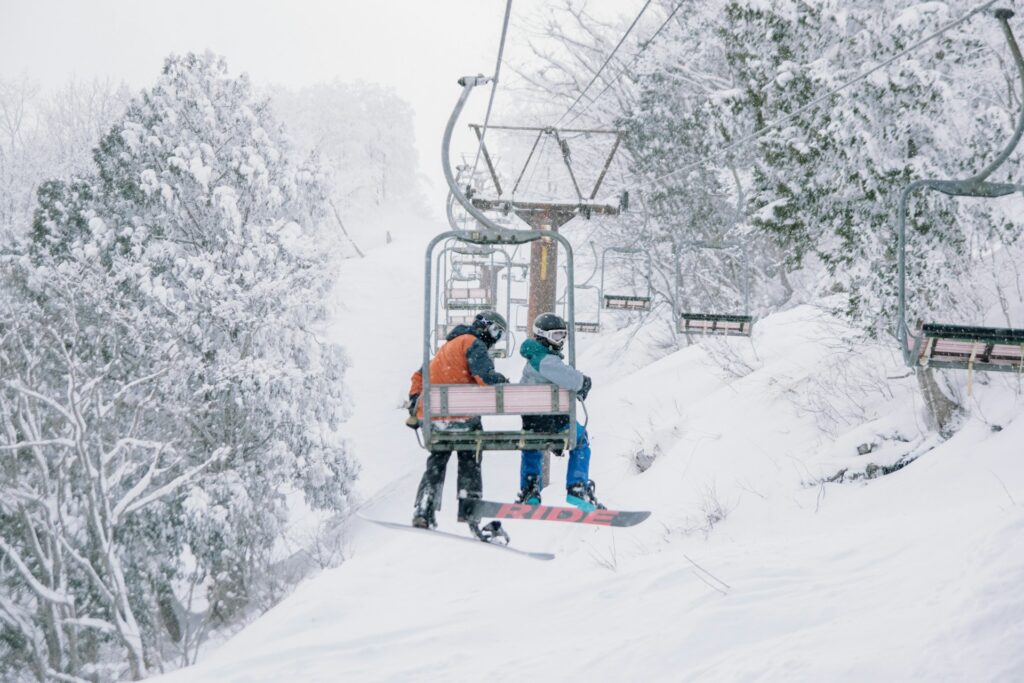
Japan boasts world-class skiing and snowboarding destinations, particularly in Hokkaido and the Japanese Alps. Resorts like Niseko and Hakuba are renowned for their powder snow, excellent facilities, and stunning alpine scenery. These areas cater to all skill levels, offering lessons and equipment rentals. The ski season typically runs from December to April, with January and February being the peak months for powder snow enthusiasts. Booking accommodation in advance is crucial during the high season to ensure a spot at these popular resorts.
Safety Tips for Outdoor Activities
For outdoor activities like hiking and skiing, safety is paramount. Here are some general tips:
- Hiking: Always check the weather forecast, inform someone of your plans, carry sufficient water and snacks, and wear appropriate footwear and clothing.
- Skiing/Snowboarding: Follow resort rules, stay on marked trails, wear a helmet, and be aware of your surroundings.
For more detailed safety information, refer to authoritative sources such as Japan’s Meteorological Agency for weather updates and the Japan National Tourism Organization for travel advisories.
Family-friendly Activities
Japan is an excellent destination for families, offering a variety of attractions that are both entertaining and educational for children and adults alike.
Visiting Theme Parks

Japan’s theme parks are among the best in the world, with Tokyo Disneyland and Universal Studios Japan being top attractions. Tokyo Disneyland, inspired by its American counterpart, features seven themed lands, exciting rides, and entertaining shows, making it a magical experience for children. Universal Studios Japan in Osaka offers thrilling rides based on popular films and a unique “Wizarding World of Harry Potter” section. To make the most of these parks, purchasing tickets in advance and planning visits on weekdays can help avoid long queues.
Exploring Zoos and Aquariums
Japan’s zoos and aquariums provide fascinating insights into the animal kingdom. Ueno Zoo in Tokyo is the oldest zoo in Japan and houses a wide variety of animals, including the famous giant pandas. The Osaka Aquarium Kaiyukan is one of the largest in the world, featuring a massive central tank that mimics the Pacific Ocean, home to whale sharks and manta rays. These attractions often include interactive exhibits and educational programs, making them ideal for a fun family outing.
Unique Japanese Experiences
For those seeking unique and memorable experiences, Japan offers several off-the-beaten-path activities that showcase its distinctive culture.
Staying in a Ryokan
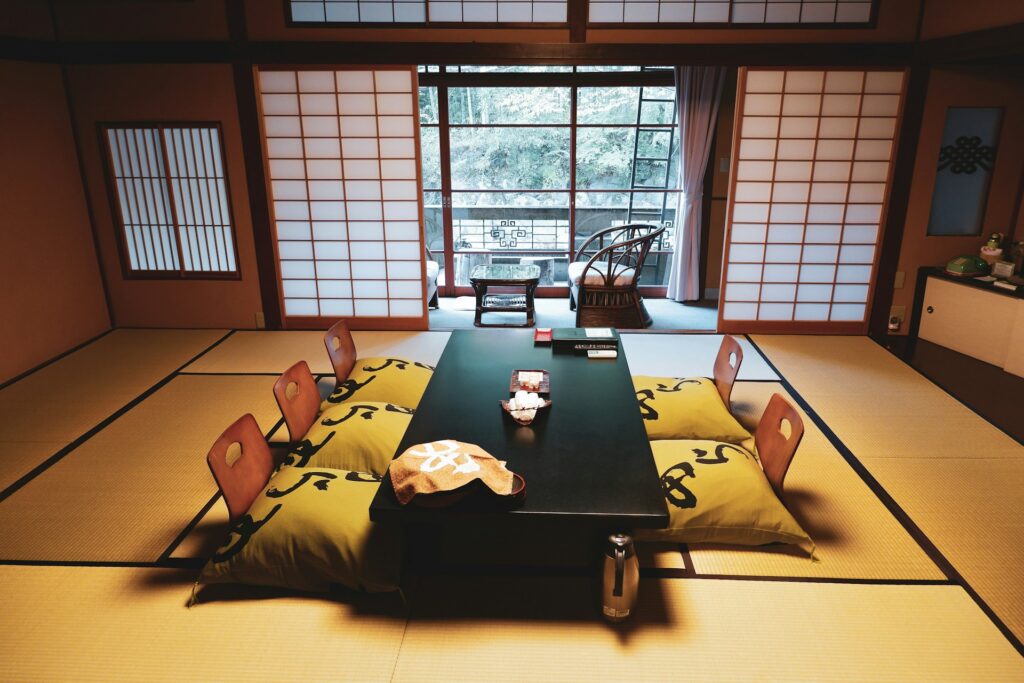
A ryokan stay is a quintessential Japanese experience that combines traditional hospitality with cultural immersion. Ryokans, traditional Japanese inns, are found throughout the country, especially in onsen (hot spring) towns like Hakone and Beppu. Guests sleep on futons laid out on tatami mats and enjoy kaiseki, a multi-course dinner featuring seasonal ingredients. The onsen baths, often with beautiful natural settings, provide a relaxing and authentic Japanese experience. First-time visitors should familiarize themselves with ryokan etiquette, such as proper bathing procedures and wearing the provided yukata (casual kimono).
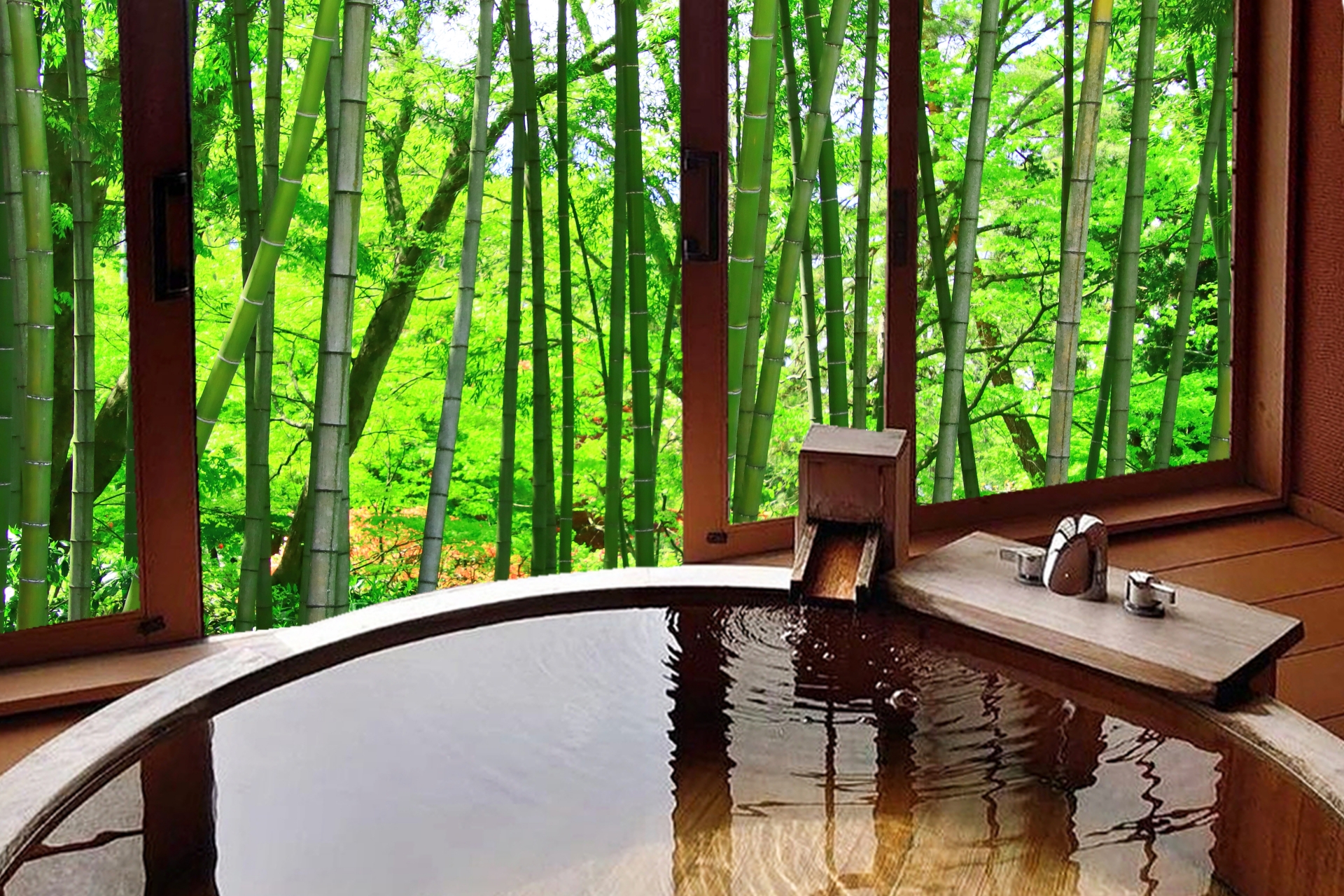
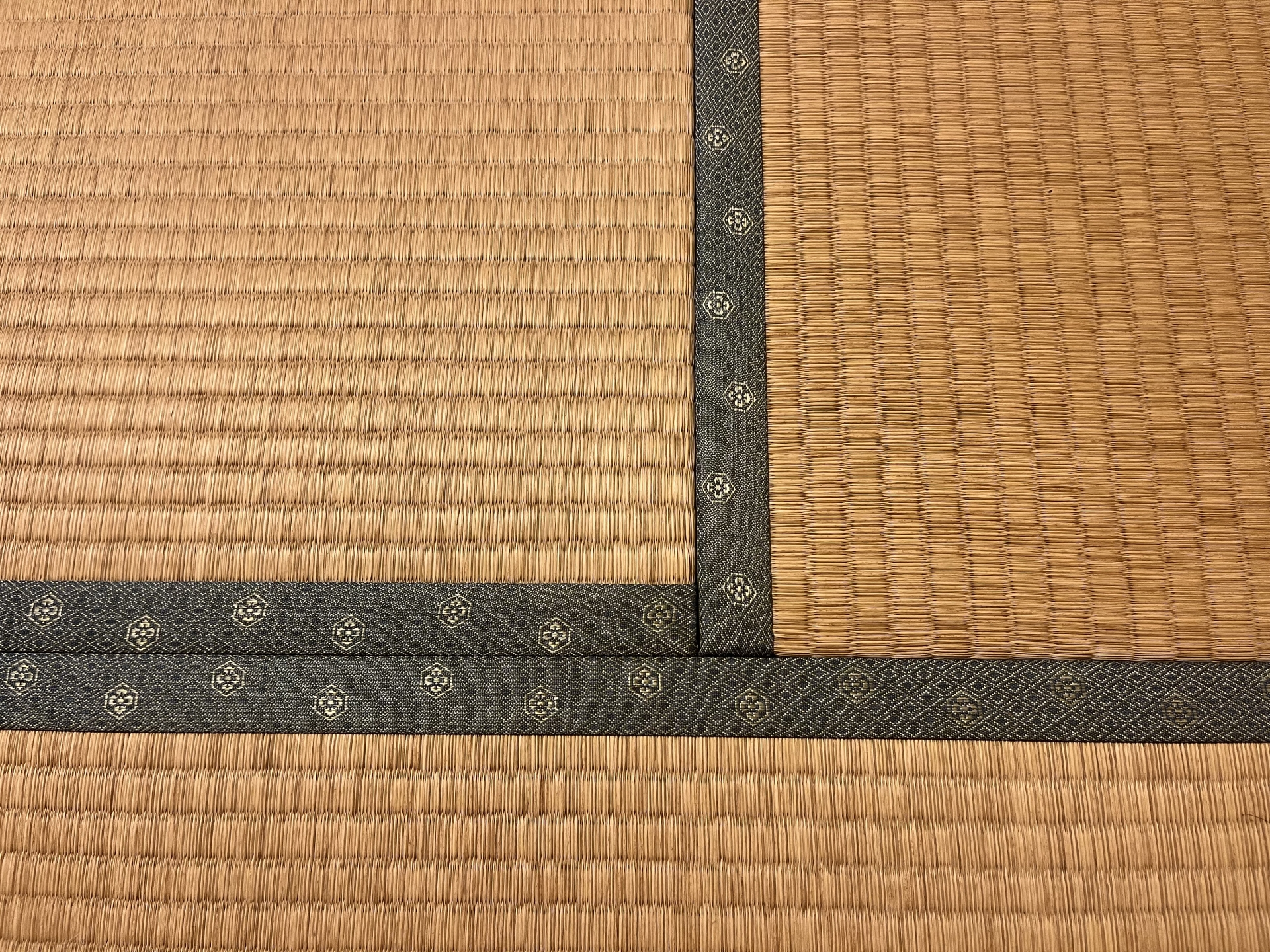
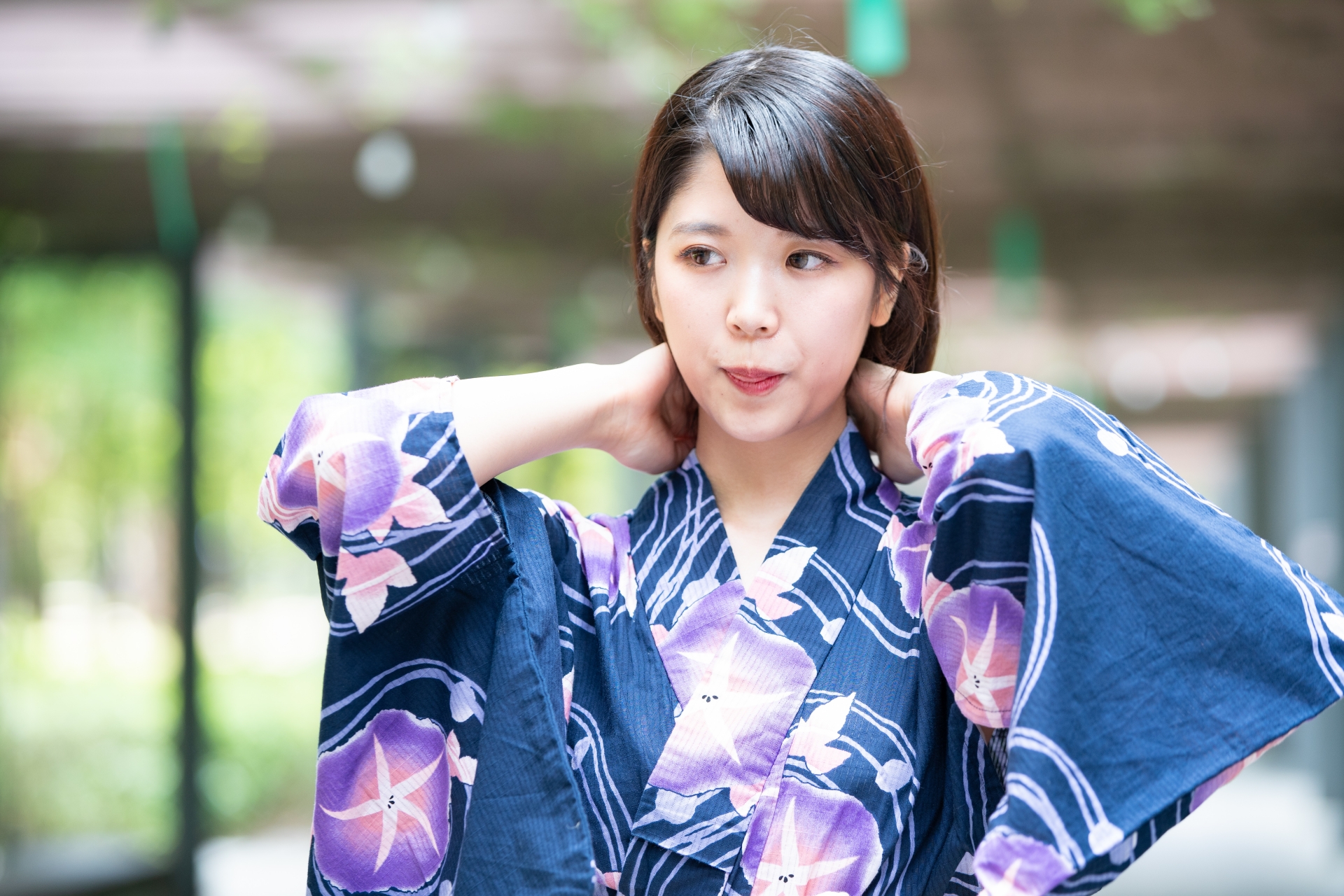
Visiting Sumo Stables

Visiting a sumo stable offers a rare glimpse into the life of sumo wrestlers. These stables, primarily located in Tokyo, open their doors to the public during morning practice sessions. Observing a practice allows visitors to witness the discipline and rigor involved in sumo training. It is essential to follow strict etiquette during visits, such as remaining silent and respectful throughout the practice. Arranging visits through guided tours can provide additional context and enhance the experience.
